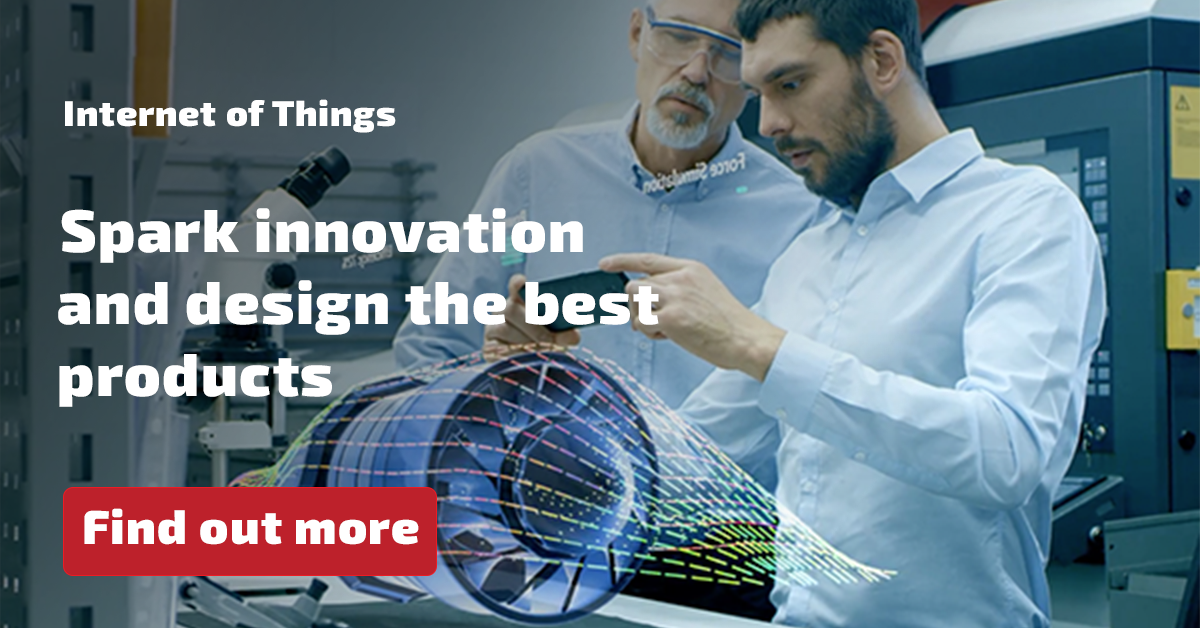
The prophecies of 1980s science fiction movies appear to have been rather accurate. We can now walk into our homes, shout “lights!” and watch as the room illuminates; our cars talk to us and guide us to our destination; our mobile phones can recognise inference and respond to natural questioning; smartwatches track our heart rates and daily steps.
The Internet of Things (IoT) is changing the way that we interact with our environment and, most importantly, how products are developed.
In this post, we’re going to look at how the IoT has demanded a more agile and multi-disciplined approach to product development.
#1 Increasingly tech literate consumers
The IoT surrounds us with intelligent technology, and, as a result, consumers are becoming far more tech literate. For product developers, that means they have to continually up their game in order to keep customers engaged and meet their expectations for the latest devices and tools destined to hit the market.
People now expect better-connected, smarter and more technologically-advanced products that provide genuine benefits. The weight of expectation on product development has therefore increased significantly.
#2 Encourages innovation
The Internet of Things is exciting and as such encourages a lot of creative product development. New avenues are being readily explored and products that may once have been considered ‘pie in the sky’ are more likely to appear in the market place.
Not everything succeeds (consider Google Glass, for example), but IoT is creating a product development landscape that encourages innovation.
#3 Better analytics
IoT devices offer a detailed insight into how products and services are used once they leave the manufacturer. Such insights into consumer behavior enable product developers to fine tune future creations to best suit the intended market’s requirements and expectations.
Connected systems are delivering product feedback like never before and enable businesses to reduce their spending on market surveys following product launches.
#4 Reduced development costs
Market research isn’t the only thing that benefits from the IoT’s ability to provide a window into product usage. Ongoing development costs can also be driven down thanks to connected devices.
Inconsistencies in design can be discovered via enhanced analytics and the number of product revisions subsequently reduced. The IoT also greatly reduces the number of times products are required to head out into the market on a ‘suck it and see’ basis.
#5 Reduced times to market
The analytical side of the IoT enables products to reach the market far quicker and with a far greater chance of being defect-free.
Product development can also, finally, benefit from digital engineering techniques that help collapse the engineering process and accelerate timescales to market.
#6 Encourages collaboration
‘Systems engineering’, as it is known today, refers to the collaborative process of developing a product. But that hasn’t always been the case; in the past, engineering departments often worked separately with different methods and processes, despite working towards the same goal.
The complexity of IoT products has demanded a more integrated approach to product development not just within engineering, but with the organisation as a whole and its customers.
#7 Building for more than just the customer
Perhaps the most striking effect the IoT has had on product development is the fact that engineers are no longer working on projects purely for the customer base. Any development must now take into account other systems and services it is likely to site alongside.
What is the future of IoT?
The IoT encourages innovation in product development and forces engineers to consider designing for the ‘system of systems’ notion. It’s not quite at the level of The Matrix, but the same theory of a fully-integrated digital society prevails and must be taken into account beyond the usual customer considerations.
As you might expect, this can prove challenging. Engineers and the organisations they work for are increasingly having to embrace multi-disciplined agile design and testing.
If you work in this field, there is one sure fire way to familiarise yourself with the IoT world: embrace it. Experiment with IoT devices and development practices; live and breathe this exciting new digitally-connected world!
